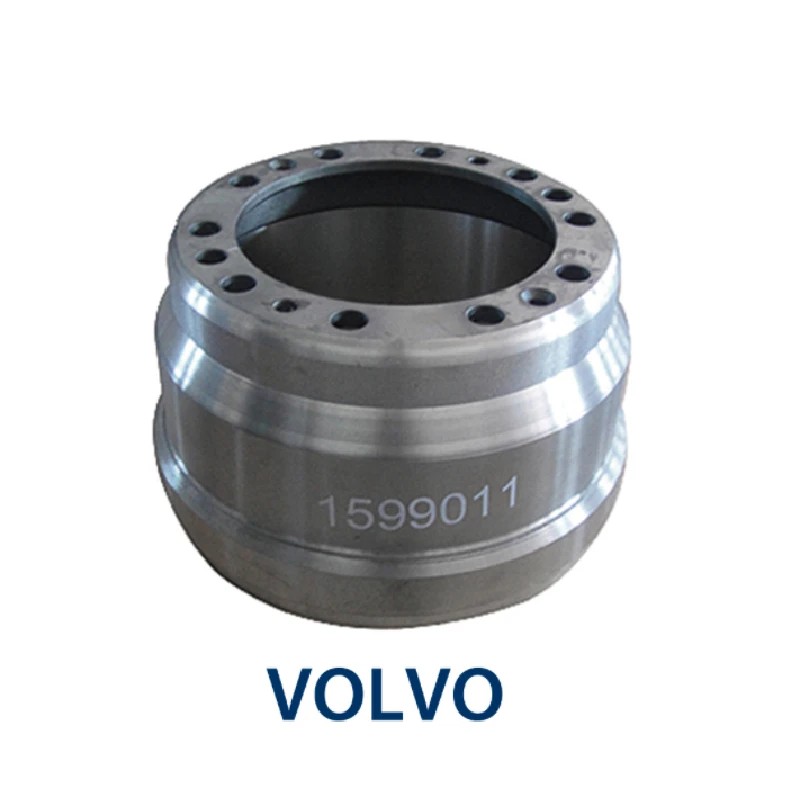Nov . 09, 2024 02:26 Back to list
Effective Methods for Eliminating Rust from Drum Brakes on Your Vehicle
How to Remove Rusted Drum Brakes
Dealing with rusted drum brakes can be a challenging task for car owners, but with the right tools and techniques, you can tackle this issue effectively. Rusted drum brakes can hinder the performance of your vehicle, lead to uneven braking, and result in costly repairs if not addressed promptly. In this guide, we’ll walk you through the steps to safely and efficiently remove rusted drum brakes, ensuring that your vehicle operates smoothly.
Tools and Materials Needed
Before you begin, gather the following tools and materials
- Socket set and ratchet - Brake cleaner - Wire brush or sandpaper - Hammer - Pliers - WD-40 or penetrating oil - Safety goggles and gloves - Lug wrench - Jack and jack stands
Step 1 Preparation
Start by ensuring you have a safe workspace. Park your vehicle on a level surface and set the parking brake. Wear safety goggles and gloves to protect yourself from debris and rust. Use the lug wrench to loosen the lug nuts on the wheel where you need to remove the drum brakes. It’s best to do this while the vehicle is still on the ground to prevent the wheel from spinning.
Step 2 Lift the Vehicle
Once the lug nuts are loosened, use a jack to lift the vehicle. Make sure to secure it with jack stands to prevent any accidents while you work. After the vehicle is stable, remove the lug nuts completely and take off the wheel.
Step 3 Inspect the Drum
With the wheel removed, inspect the drum brakes for rust and damage. If you notice significant rust, you will need to remove the drum for thorough cleaning or replacement. Check for any retaining screws that may be holding the drum in place, and remove them if present.
how to remove rusted drum brakes

Step 4 Apply Penetrating Oil
Rust can cause the drum to stick to the brake shoes. To ease the removal process, spray WD-40 or another penetrating oil around the edges of the drum. Allow the oil to penetrate for several minutes. This will help loosen the rust and make removal easier.
Step 5 Remove the Drum
Once the penetrating oil has had time to work, take a hammer and gently tap around the drum's perimeter. Be careful not to damage the drum or brake components. If the drum still doesn’t budge, continue applying penetrating oil and tapping. If necessary, you can use a brake drum puller for more leverage. This tool is specifically designed for removing stubborn drums and can save you time and effort.
Step 6 Clean the Components
Once the drum is removed, examine the brake shoes and other components for wear or damage. Use a wire brush or sandpaper to clean any rust off of the drum's interior and the brake components. Removing rust not only prolongs the life of your brakes but also improves performance. Make sure everything is free of debris before reassembling.
Step 7 Reassemble and Test
After cleaning, place the brake drum back onto the hub. If you had to replace the brake shoes or any other components, ensure they are properly installed before reattaching the drum. Reinstall any retaining screws and ensure everything is secure. Put the wheel back on, tighten the lug nuts, and lower the vehicle. Finally, perform a brake test in a safe, controlled environment to ensure everything is functioning correctly.
Conclusion
Removing rusted drum brakes can be a daunting task, but with patience and the right approach, you can successfully complete the job. Regular maintenance and inspections can help prevent rust buildup in the future. Remember, if you're uncomfortable with any steps in the process, seeking professional assistance is always a wise decision. Keeping your brakes in optimal condition ensures your safety and the longevity of your vehicle. Happy wrenching!
-
Scania Brake Drums: OEM Quality for Optimal Safety & Durability
NewsAug.16,2025
-
R.V.I: Advanced Remote Visual Inspection for Precision
NewsAug.15,2025
-
Discover HYUNDA: Innovative Vehicles, Equipment & Solutions
NewsAug.14,2025
-
R.V.I: Unlock Advanced Insights & Real-time Performance
NewsAug.13,2025
-
Kamaz Brake Drum: Durable & Reliable for Heavy Duty Trucks
NewsAug.12,2025
-
Heavy Duty Iveco Brake Drum - Premium Quality & Safety
NewsAug.11,2025
